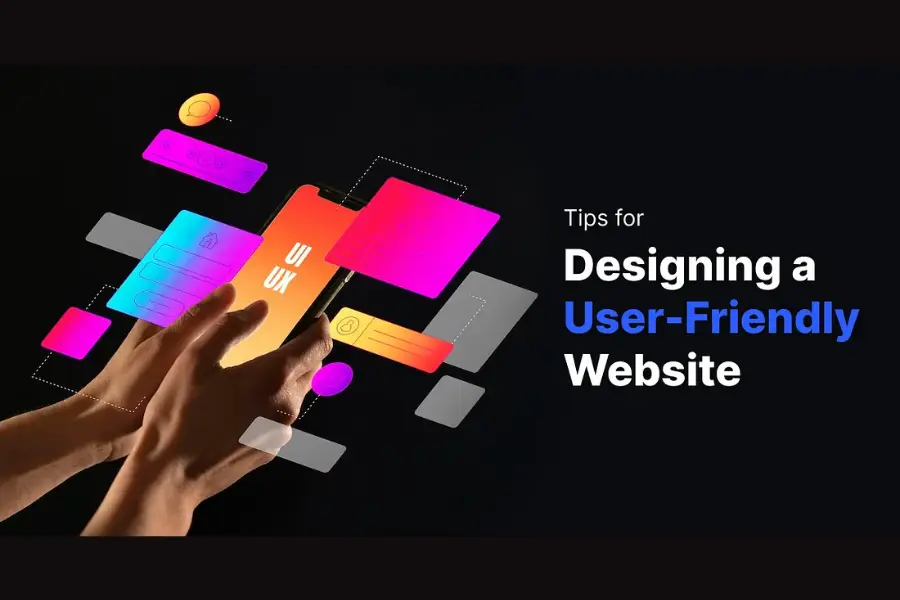10 UI Tips To Make Your Website Stand Out

User Interface (UI) design plays a crucial role in creating a positive and engaging online experience for visitors. A well-designed UI not only enhances the aesthetics of the best website design but also contributes to its functionality and usability. Here are some essential UI tips to make your website better:
1. Intuitive Navigation
Always have a clear and intuitive navigation structure while designing landing pages and websites. It should be a piece of cake for visitors to find the information they're looking for. Use logical menu categories, include a search function, and maintain consistency across pages to create a seamless navigation experience.
2. Responsive Design
Responsive design is essential, especially in an era where users have access to a website through several devices. Your UI should adapt seamlessly to different screen sizes, providing a consistent and visually appealing experience whether users are on a desktop, tablet, or smartphone.
3. Whitespace Utilisation
Embrace the power of whitespace (negative space) in your UI design. It helps to reduce visual clutter, improves readability, and allows important elements to stand out. A clean and well-organised layout contributes to a more enjoyable user experience.
4. Colour Scheme and Contrast
Choose a harmonious colour scheme that aligns with your brand and enhances readability. Use contrasting colours for text and background to ensure content is easily readable. Consistent colour usage across the website helps in creating a cohesive and memorable visual identity.
5. Typography Matters
Select readable fonts that align with your brand personality. Maintain a good balance between header and body text sizes, and use font weights strategically to guide the user's attention. Avoid overly decorative fonts that might hinder readability.
6. Focus on Usability
Prioritise usability by placing important elements where users naturally look first. Utilise the F-pattern and Z-pattern reading behaviours to guide the placement of key information. Keep essential actions, like CTAs (Call to Actions), easily accessible.
7. Consistent Branding
Maintain consistency in branding elements such as logos, colours, and imagery. A cohesive brand identity across your website helps build trust and recognition. Consistency also extends to the tone of your content, creating a unified and memorable user experience.
8. Interactive Elements
Incorporate interactive elements to engage users and make the website more dynamic. This could include hover effects, subtle animations, or transitions. However, ensure that these elements enhance the user experience rather than becoming distractions.
9. Fast Loading Times
Users expect websites to load quickly. Optimise images, minimize HTTP requests, and leverage browser caching to improve loading times. A fast website not only enhances the user experience but also positively impacts SEO.
10. Accessibility
Consider the disable while designing a website or landing page. The important elements include providing alternative text for images, creating keyboard-friendly navigation, and offering adjustable text sizes. An inclusive design approach ensures a broader reach and a better user experience for all.
With an experienced website designing agency, you can create a website that not only looks aesthetically pleasing but also delivers a user-friendly and memorable experience for your visitors. By hiring the best web design company you can prioritise simplicity, clarity, and functionality to make your website stand out in the crowded online landscape.